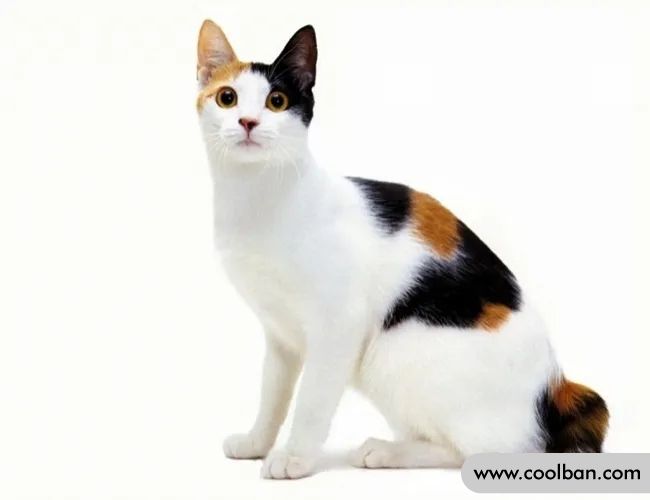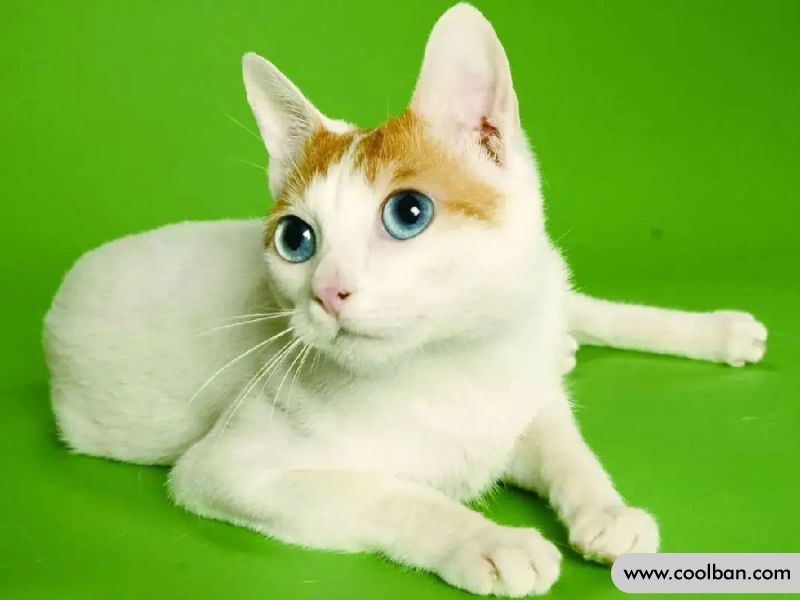How to Bath a Japanese Bobtail Cat
The Japanese Bobtail is a breed due to genetic mutation. The Japanese Bobtail has a history of about a thousand years in Japan, and some people think it was introduced to Japan from China or Korea more than a thousand years ago. With a tail of only about 10 centimeters, the Japanese Bobtail is the shortest cat among the Isle of Man cats.
Among Japanese Bobtails, tricolor cats are the most popular, but there are also many red and white cats and white cats. The appearance of the lucky cat comes from the Japanese bobtail cat. The curly tail of the Japanese Bobtail is 5 to 10 centimeter.
The head has high cheekbones and a long nose; the eyes are round and oval. The body is strong and muscular. Popular tabby cats are genetically almost all female cats. Japanese Bobtails have unique oriental features and very smooth body hair. All coat colors are recognized, but white, black and tan mixes are the most popular.
Japanese Bobtails are naturally intelligent, docile, with lovely expressions and beautiful voices. The Japanese Bobtail is strong, agile and active. Male Japanese bobtail cats are stable and generous, while female cats are elegant and luxurious, friendly and lively, and love to run and play. They are very suitable for family breeding.

Breeding knowledge of Japanese Bobtail cats
1. Take a bath
Cats with no bathing habits hate getting wet. So wash it once to four times a month, and take a shower when it gets dirty. If you start bathing around four months after birth, you can develop a habit of becoming a bath-loving cat.
Before bathing, you need to dig your ears and trim your nails. If you find a hair ball at this time, even if it is small, you must deal with it in time. Otherwise, once it gets wet, it will become felt and difficult to comb.
Fill the tub with warm water, let the cat stand in it, and use a shower or bucket to let the water seep into the hair roots. Wet head little by little with gauze, apply shampoo in order of neck, chest and head, then massage gently with fingertips.
After lathering, wash the buttocks and paws carefully, especially the dirty areas. Wash the neck, chest, tail and head in a shower or bucket.
Pay attention to the water temperature and be careful not to get the shampoo and lather into your eyes. Need to shower twice when very dirty.
After washing thoroughly, apply conditioner. Then rinse with water. After washing, gently wipe off the water and quickly wrap your body in a towel to absorb the moisture. When using the blow dryer, blow from the hips to the neck. Pay attention to the temperature to avoid burns, and wait until it dries before combing.

2. Hair care
Japanese Bobtails have long tongues that allow them to groom themselves. Therefore, Japanese Bobtails do not need to be groomed every day, but twice a week is not enough. If the breeder brushes the cat too much, the cat will be reluctant to brush itself.
Breeders can usually hold the cat in their arms, groom the cat without tools, and smooth the hair with whiskers. In this way, on the one hand, the coat and whiskers can be brushed off, and on the other hand, it can increase the warmth and favor of the cat.
Commonly used for combing Japanese bobtail cats are: fine-toothed comb, soft brush, rubber brush, oil-tanned leather towel, etc. Its care is simple, just set aside a little time each day, hold it in your arms and gently stroke it with warm hands, this is the best care for it as it will help it transfer the oil it needs to make the hair. Hair is more shiny.
Cats living at home are shedding hair almost all year round, and Japanese Bobtails are no exception, so feeding them regular hairball cream can help remove hairballs that have built up in their stomachs and help them pamper their guts.

3. Oral care
Regular dental care for cats can be effective in slowing the formation of plaque that causes periodontitis.
Nursing methods are as follows: The most effective method is brushing your teeth. Your veterinarian will tell you how to brush your cat's teeth regularly using a toothbrush and toothpaste designed for cats.
There are two ways to brush your teeth: wipe your cat's teeth with a soft towel or sterile gauze, and then rub the teeth and gums with cotton and garlic juice.
Using a mouth freshener, adding a small amount to your cat's drinking water every day, can also play a role in cleaning the mouth.
Teeth with tartar, please take it to a professional animal hospital for examination, and ask a doctor to deal with it. Give cats as little soft food as possible. Except for special circumstances, it is not recommended to eat canned food for a long time or soak long-term dry food in water. If you eat soft food for a long time, the teeth of elderly cats are easy to loosen, and food residues are easy to deposit in the teeth to breed bacteria.
